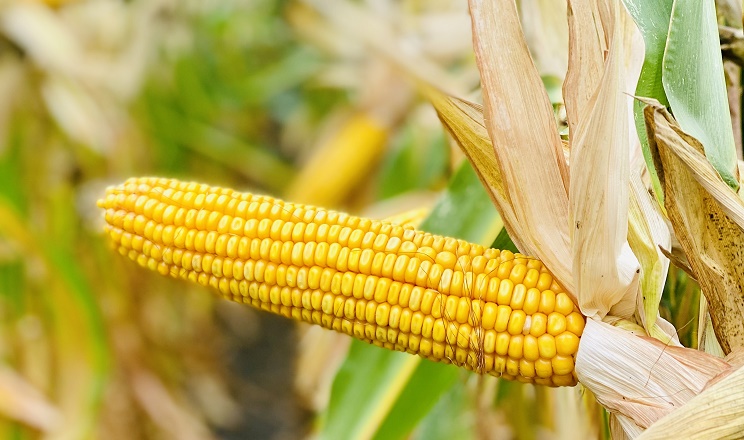U.S. corn yield estimate questioned

The U.S. Department of Agriculture’s latest U.S. corn yield estimate does not reflect reality, says an analyst.
The USDA dropped its national average corn yield for 2023-24 to 177.5 bushels per acre, down from its forecast of 181.5 bu. a month ago.
DTN lead analyst Todd Hultman thinks that is still too high and expects it will end up closer to 175 bu. per acre based on current conditions in the Midwest.
“I understand that maybe they don’t want to get out ahead of themselves before they go out and get a better look at the crop,” he said during a DTN webinar about the USDA’s latest World Agricultural Supply and Demand Estimates report.
But he noted that the latest U.S. Drought Monitor map is eerily similar to the one from 2012, which was a dismal year for U.S. crop yields.
“Both of these maps had 63 percent D1 to D4 (drought) ratings in the Midwest region,” said Hultman.
However, the temperatures were hotter in 2012 than they have been in 2023, and the forecast for July and August back then was for much drier weather than what is supposed to transpire this year.
But nobody expects the current drought to completely disappear this summer either.
“You’d have to think that that’s going to be costing these crops some yields,” he said.
That’s why he takes issue with the USDA’s forecast for 389.15 million tonnes of corn production.
“We’ll see if that stands the test of time. Personally, I doubt that it will,” said Hultman.
Exports for 2022-23 are forecast at 41.91 million tonnes, which would be the worst performance in a decade.
“This has been the disappointment of the year,” he said.
The USDA is forecasting 57.45 million tonnes of U.S. corn ending stocks for 2023-24.
“If true, that would be the most we’ve seen in seven years for corn,” said Hultman.
The USDA kept its soybean yield unchanged at 52 bushels per acre.
“This is not surprising because in the case of soybeans, those yields tend to be heavily influenced by weather in late-July and August,” he said.
But what was surprising was the USDA’s forecast for 8.16 million tonnes of U.S. soybean ending stocks, up from 6.95 million tonnes in 2022-23.
The trade was expecting a much lower number of 5.6 million tonnes.
“I would suggest there is room for that to come down more in the days ahead,” said Hultman.
Only 56 percent of the U.S. soybean crop rated good to excellent as of July 9, which is the lowest rating for that period since 2012.
Soybean exports have been performing much better than corn. They are down five percent so far in 2022-23 versus a year ago. Corn exports have fallen 33 percent by comparison.
Crush margins are terrific, with soybean oil and meal fetching a $2.59 per bu. premium over soybean seed.
“That’s a very generous, very profitable return for soybean processors,” he said.
Wheat yields are forecast at 46.1 bu. per acre, up from the 44.9 bu. estimate in June. Harvested acres also increased to 37.7 million acres, up from 37.1 million a month ago.
U.S. wheat production is estimated at 47.33 million tonnes, well above the trade estimate of 45 million tonnes heading into the report. That is largely due to better-than-anticipated winter wheat yields.
Wheat ending stocks are forecast at 16.12 million tonnes, which while bigger than last month are still low historically speaking.
Global wheat stocks (excluding China) are also forecast to be tighter than normal.
“But prices have had a very heavy lid on them here in 2023, and that doesn’t seem to be changing quite yet,” said Hultman.
The market reaction to the report was bearish with December corn futures falling $0.1775 per bu., November soybeans dropping $0.3250 and Kansas September wheat down $0.14.
Read also
Wheat in Southern Brazil Impacted by Dry Weather and Frosts
Oilseed Industry. Leaders and Strategies in the Times of a Great Change
Black Sea & Danube Region: Oilseed and Vegoil Markets Within Ongoing Transfor...
Serbia. The drought will cause extremely high losses for farmers this year
2023/24 Safrinha Corn in Brazil 91% Harvested
Write to us
Our manager will contact you soon



